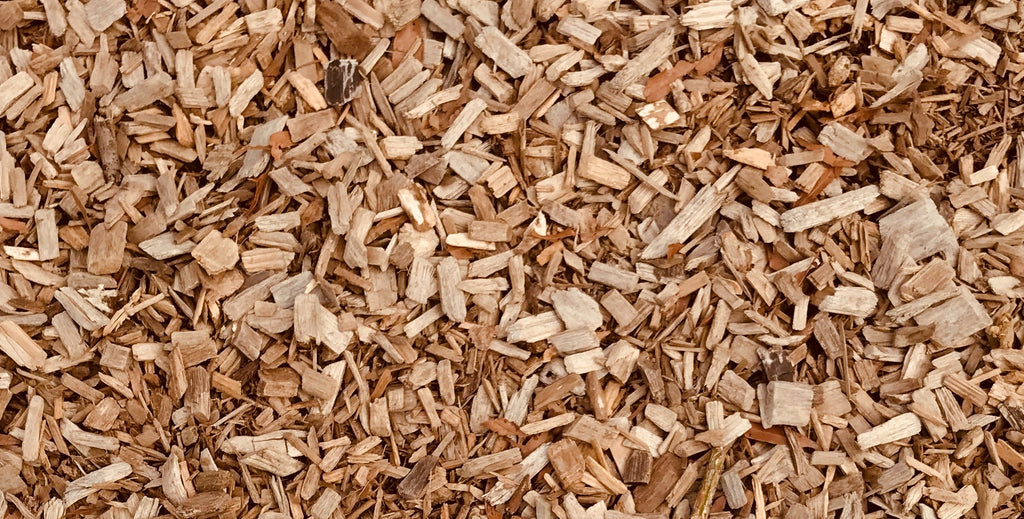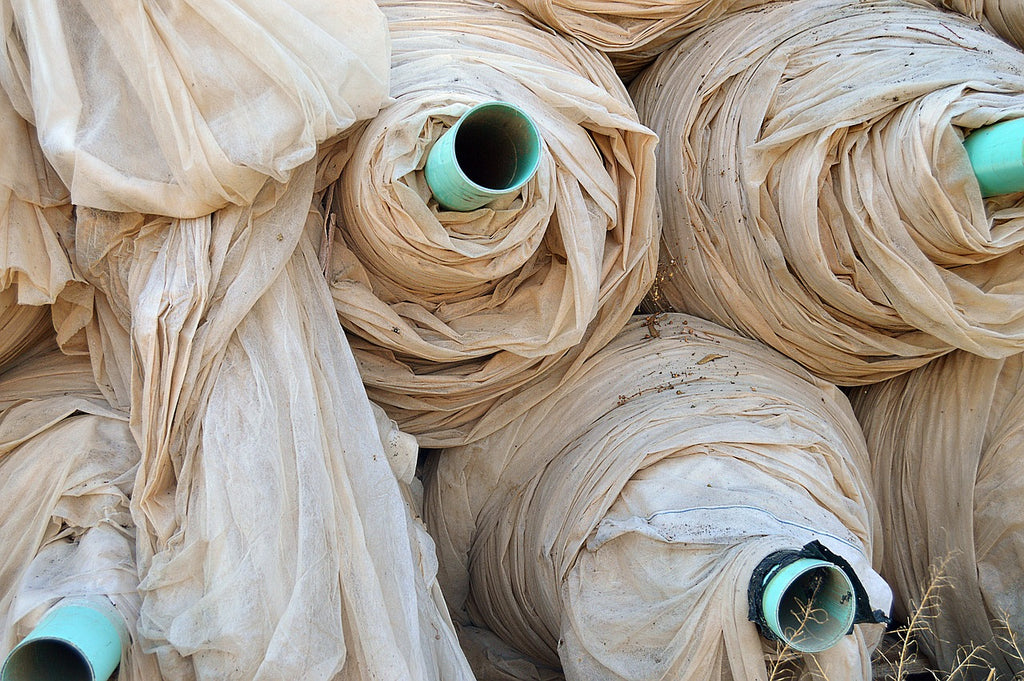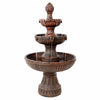Having a raised garden bed is a great way to grow your favorite flowers and veggies without bending or straining your back. There is also the added benefit of adding your own soil and amendments to ensure that your plants thrive in this environment. However, did you know that a raised garden bed is vulnerable to many outdoor threats? Fortunately, simply adding a liner to your outdoor raised garden bed can help protect your plants. Read more to learn about the different issues that a liner can prevent, along with some common materials you can use.
Benefits of Lining Your Garden Bed

Reason 1: Keep Pests Out
Do you have burrowing rodents in your backyard? You may want to make sure that there is a liner at the bottom of your raised garden bed to keep them out. If a raised garden bed is placed on top of soil or grass without a barrier in between, common digging pests such as moles and gophers can easily make their way to it. They can easily wreck havoc on your plants by destroying their root systems or even consuming your greenery. A sheet of plastic or tarp may not be enough to keep these diggers out of your raised garden bed. A more heavy-duty option, such as hardware cloth, should deter these pests from invading your garden.
Reason 2: Protect Against Temperature Changes
Adding a liner to a raised garden bed is crucial for preventing fluctuations in temperature. The soil in a raised or elevated garden bed will lose or gain heat much more quickly than the soil in the ground. Having a liner in a raised garden bed provides a buffer or insulation, giving the soil protection against rapid changes in temperature.
In addition to adding a liner in your garden bed to protect against extreme temperature changes, you may also want to consider adding a greenhouse cloche over your plants to protect them against threats from cooler temperatures. This can be crucial in early spring or fall when overnight frost can damage or destroy plants.

Reason 3: Weed Prevention
Many gardeners will agree that taking out weeds in a garden is an ongoing task throughout the growing season. Having a liner in your raised garden bed can prevent these irritating invaders from growing and choking out your plants by acting as a physical barrier. Putting in the initial work of installing a liner is certainly worth it by reducing constant weeding of your raised garden bed throughout the spring and summer months.

Reason 4: Soil Retention
One benefit of a raised garden bed is providing specialized soil for certain plants so that they can thrive. However, if your raised garden bed isn’t properly lined, you can be losing this soil along with the beneficial nutrients for your plants due to rain and regular watering. A liner can help allow water to flow and drain, without losing the beneficial materials and nutrients of your specialized soil.

Reason 5: Protect Outdoor Surfaces
If you plan on placing your raised garden bed on a deck or patio, you will definitely want to have a barrier at the bottom. The floors of these outdoor spaces can be made of non-porous material that can easily stain. Since you may or may not wish to always have your raised garden bed placed in these locations, you will want to prevent any staining or discoloration due to any soil or chemicals used to take care of your plants.
Don’t want to deal with the hassle of a raised garden bed on your deck or patio? An elevated planter bed or cart is a great alternative, as the garden bed is raised on legs and already has a built-in bottom to the bed. Some even have a shelf underneath the garden bed or can easily be wheeled away. Planters also make a great alternative, and can be used for container gardening.
What Materials Should I Use to Line my Garden Bed?
Material 1: Landscape Fabric
Landscape fabric is ideal for preventing weeds from growing through and reducing soil erosion. Many landscape fabrics are designed to allow water and air to flow through, but prevent weeds from growing through the fabric. The excellent aeration that landscape fabrics provide can help plants thrive.

Material 2: Newspaper or Cardboard
If you’re looking for an eco-friendly and inexpensive option for lining your raised garden bed, try some old uncoated newspaper or cardboard. These options can still act as a barrier against pesky weeds and provide insulation. Yet, these materials can also allow deep-rooted plants to continue to grow and extend into the ground. Cardboard and newspaper are also excellent sources of nutrients as they are considered “brown” or carbon-based matter that will break down over time.

Material 3: Untreated Wood
If you are growing herbs and veggies you plan on eating, you will definitely want to make sure that you are not using treated wood. This type of material can have toxic chemicals that can leach into the soil and make their way into the plants you eat. Avoid additional chemicals in your raised garden bed by opting for untreated wood. Some species of untreated wood can also provide additional benefits. Untreated cedar, for instance, is naturally resistant to insects and rot making it a fairly low-maintenance choice.

Material 4: Hardware Cloth or Wire Mesh
Lining the bottom of your raised garden bed with a hardware cloth or wire mesh can be beneficial for preventing pests, like gophers and moles, from digging into your garden. The mesh construction also allows water to drain through while keeping the pests out. If you are planning on using these for your vegetable, fruit or herb garden, avoid using materials that may not have food-safe coatings to prevent any toxins from leaching into the soil.

Material 5: Plastic or Tarp
Many use a plastic sheet or tarp as a liner to add protection and insulation to their raised garden beds. One downside to plastic is that it may not allow water to properly drain if it is used at the bottom of your flower bed. This could cause water to pool and build up, causing problems like rot in the roots. It may be better to use plastic as a liner on the inner sides of a raised garden bed, but use a more permeable material for the bottom, such as landscape fabric or wire mesh.
Keep in mind though, that you want to know the specific type of plastic that is being used if you are growing an herb or vegetable garden. If you do plan on using a tarp for a food garden, make sure that it is made of food-grade materials, so you don’t have to worry about any toxins leaching into your soil or greenery.
How to Line a Garden Bed?
Now that you have a better idea of why you should line your raised garden bed, as well as the materials, how do you go about it? It is actually quite simple. After you have picked your perfect spot for your raised garden bed, line the bottom with your material of choice. If you are using a mesh wire or landscape fabric, you can keep it firmly in place with landscape or garden staples. Ensure that the material fits against the walls of the raised garden bed. If you are using landscape fabric in the bottom and sides, create a tight barrier against weeds by folding the excess material upward on the inside walls. Once you have set up your liner, simply add your soil and plants!
Having a liner is a great way to get the most out of your raised garden bed. Not only can you insulate the soil from extreme temperature changes, but you can also protect against other threats, such as digging pests. If you’re not sure where to begin with prepping your raised garden bed for growing, our blog post How to Prepare a Garden Bed for Healthy Plants has lots of helpful tips and information to help you get started.
Do you have any other tips or benefits for lining your raised garden bed? We would love to hear about them in the comments below.































































1 comment
OgGardenOnline
Are liners really necessary for raised garden beds, or are they just a way for companies to make extra money off of unsuspecting gardeners? What are the potential downsides of using liners in your garden beds?